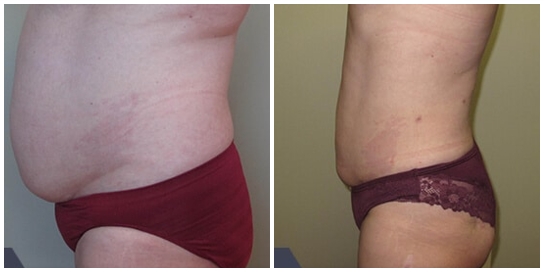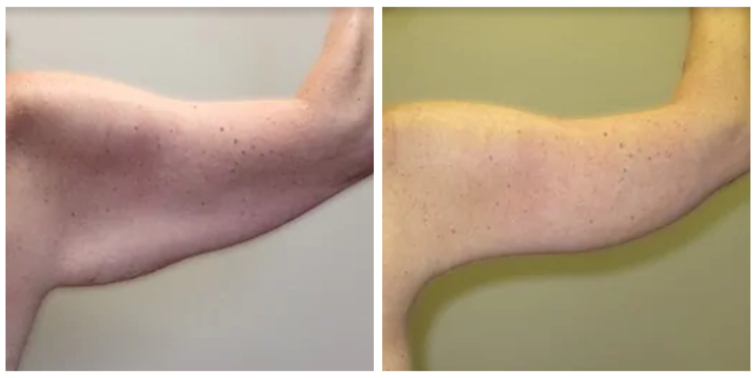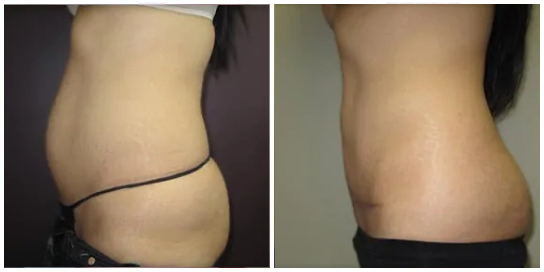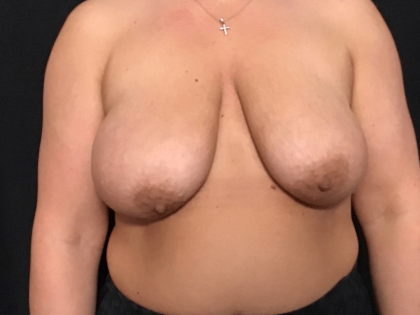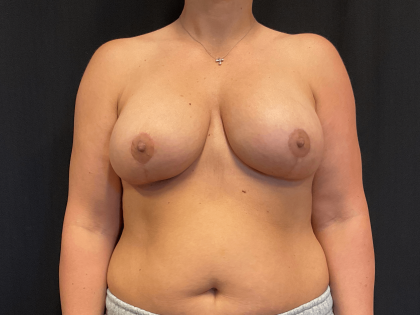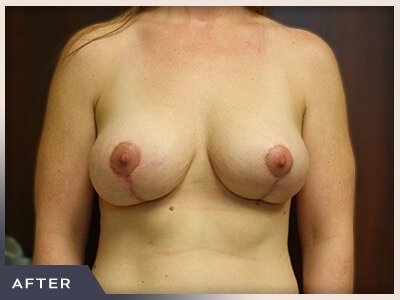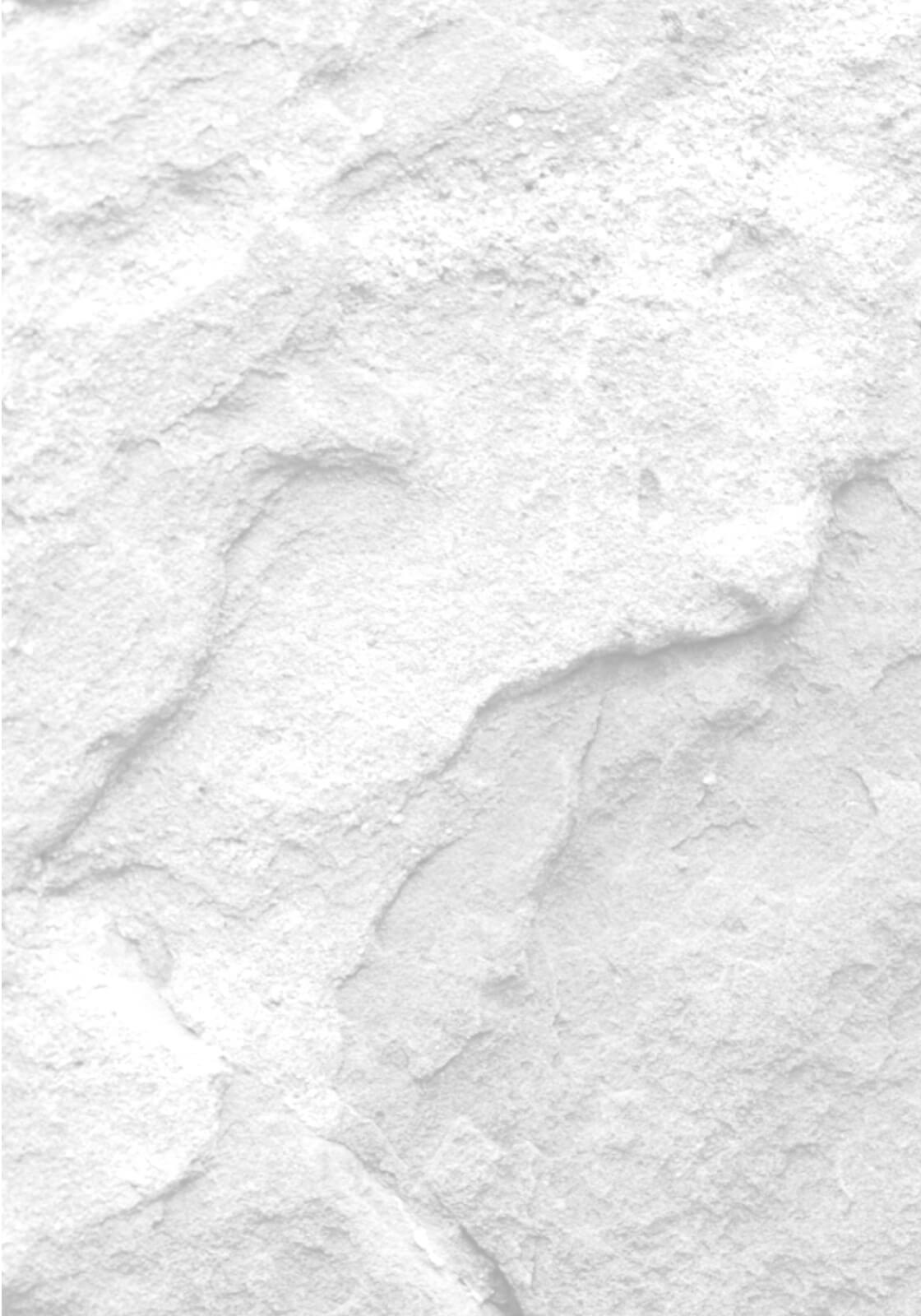Breast Lift
Conveniently located to serve the areas of Boulder, CO

A Breast Mastopexy is also known as a breast lift. Factors such as age or nursing can cause the breasts to lose their shape and firmness. Over time, this may cause the breasts to sag. Mastopexy can be an effective way to make the breasts firmer and more shapely. Mastopexy, or breast lift, is a breast enhancement procedure performed to raise and reshape the breasts.
Contents
Before and After Photos
Who is a good candidate for a breast lift?
Candidates must be in good health, have no active diseases or serious, pre-existing medical conditions, and must have realistic expectations of the outcome of the surgery. Typically, patients who benefit most from mastopexy have stretched skin and reduced breast volume caused by aging. You should not have a mastopexy if you plan to lose a significant amount of weight. Women who are currently pregnant or nursing should not undergo mastopexy.
NOTE: You may not be a candidate for surgery if you smoke, have recently quit smoking, or if you are exposed to second-hand smoke. Primary and secondary smoking decreases blood flow to the body’s tissues. This can result in prolonged wound healing, skin loss, infection, increased scarring, and a number of other complications depending on the kind of procedure performed.
How is the procedure performed?
There are many variations in the technique that a breast enhancement specialist might use, depending on the degree of sagging and other physical features of the breast. The number and length of the scars will vary with the technique. The most frequently used procedure involves three incisions – first around the areola, then from the nipple to the breast crease, and a third along the breast crease. In some cases the scar may be limited to the circular incision around the areola. The incisions outline the area from which skin will be removed and define the new location for the nipple. When the excess skin has been removed, the nipple and areola are moved to the new position and the skin surrounding the areola is brought together to reshape the breast.
Options to enhance the procedure
A breast lift may be done in conjunction with a breast augmentation, this helps lift the breast by increasing the volume of the contents of the breast.
Planning for your surgery
Communication is vital in establishing realistic goals & reaching your goals. You will have the opportunity to discuss your goals and the results you’d like to achieve. Together, we will work with you to reach an understanding about what you can expect from this procedure and what long-term benefits you will experience. Every patient is different, and Dr. Roesner will choose the surgical technique and treatment plan that is right for you.
DURING YOUR INITIAL CONSULTATION
- Provide a complete medical history. Include information about any previous surgical procedures; past and present medical conditions; and all medications or herbal supplements you are taking.
- Expect the surgeon to conduct a physical examination of the size and shape of your breasts, the quality of skin and placement of the nipples.
- Measurements and photographs will be taken for your medical record.
- Be prepared to discuss possible risks and complications of the procedure.
Preparing for your surgery
You will be given specific instructions on how to prepare for your surgery. A pre-operative information packet will be provided that explains everything you should do and know before your surgery date. Your surgeon will instruct you on how to prepare for surgery, including guidelines on eating and drinking, smoking, and which vitamins and medications should be taken or avoided. You should arrange for someone to drive you home after your surgery, whether your surgery is done on an outpatient or inpatient basis. You may also want to make arrangements for someone to help you out for a day or two after you leave the hospital.
Where your surgery will be performed
Dr. Roesner has surgical privileges at North Suburban Medical Center, Rose Medical Center as well as St. Anthony Hospital. The majority of these procedures are completed on an out-patient basis; however, in cases where additional procedures are performed – you may expect an overnight stay
Types of anesthesia
You’ll remain comfortable throughout the entire procedure. In most cases, general anesthetic is used so that you will sleep throughout the procedure; although local anesthesia with intravenous sedation is also an option for some patients.
After your surgery
It is very important that you follow your surgeon’s instructions, this will promote healing and improve progress towards your new physical appearance. Also, it is important that you attend all scheduled follow-up appointments so that your surgeon can assess your long-term results and answer any questions or concerns you may have.
Breast Lift Post-operative Instructions
- Have someone drive you home after surgery and help you at home for 1-2 days.
- Get plenty of rest.
- Follow balanced diet.
- Decreased activity may promote constipation, so you may want to add more raw fruit to your diet, and be sure to increase fluid intake.
- Take pain medication as prescribed. Do not take aspirin or any products containing aspirin.
- Do not drink alcohol when taking pain medications.
- Even when not taking pain medications, no alcohol for 3 weeks as it causes fluid retention.
- If you are taking vitamins with iron, resume these as tolerated.
- Do not smoke, as smoking delays healing and increases the risk of complications.
Activities
- Start walking as soon as possible, this helps to reduce swelling and lowers the chance of blood clots.
- Do not drive until you are no longer taking any pain medications (narcotics).
- Do not drive car for 2 weeks; after 2 weeks, only drive car with automatic shift and power steering.
- Do not drive until you have full range of motion with your arms.
- Limit use of arms for 4-6 weeks.
- No heavy lifting.
- Avoid strenuous exercise and activities for 4-6 weeks.
- Social and employment activities can be resumed in 7-14 days.
Incision Care
- You may shower 48 hours after removal of the drainage tubes.
- Avoid exposing scars to sun for at least 12 months.
- Always use a strong sunblock, if sun exposure is unavoidable (SPF 30 or greater).
- Keep steri-strips on; replace if they come off.
- Keep incisions clean and inspect daily for signs of infection.
- No tub soaking while sutures or drains are in place.
- Leave dressing on for length of time prescribed by your surgeon.
- Once dressing is removed, a soft, wireless, full-support bra (nylon stretch) must be worn 24 hours a day for 2-4 weeks, unless otherwise instructed by the Dr.
What To Expect
- There may be postoperative pain, temporary bruising, discomfort, numbness, dry breast skin, swelling and discoloration.
- May be some loss of sensation in the nipples.
- Sagging breasts can recur with the aging process, pregnancy and weight changes.
- Scars will fade in several months to a year.
Appearance
- Wearing a bra helps to maintain your new appearance.
- Increased firmness
Follow-up Care
- Drainage tubes are removed in 2-3 days.
- Sutures are removed in 7-14 days.
When To Call
- If you have increased swelling or bruising.
- If swelling and redness persist after a few days.
- If you have increased redness along the incision.
- If you have severe or increased pain not relieved by medication.
- If you have any side effects to medications; such as, rash, nausea, headache, vomiting.
- If you have an oral temperature over 100.4 degrees.
- If you have any yellowish or greenish drainage from the incisions or notice a foul odor.
- If you have bleeding from the incisions that is difficult to control with light pressure.
- If you have loss of feeling or motion.
Schedule your Appointment
And Meet Directly With Dr. Roesner to Discuss a Treatment plan to meet your Aesthetic and Skincare Goals.
Schedule AppointmentConsult fee is $100 – which will be applied to the cost of the procedure
(If scheduled within 90 days).
